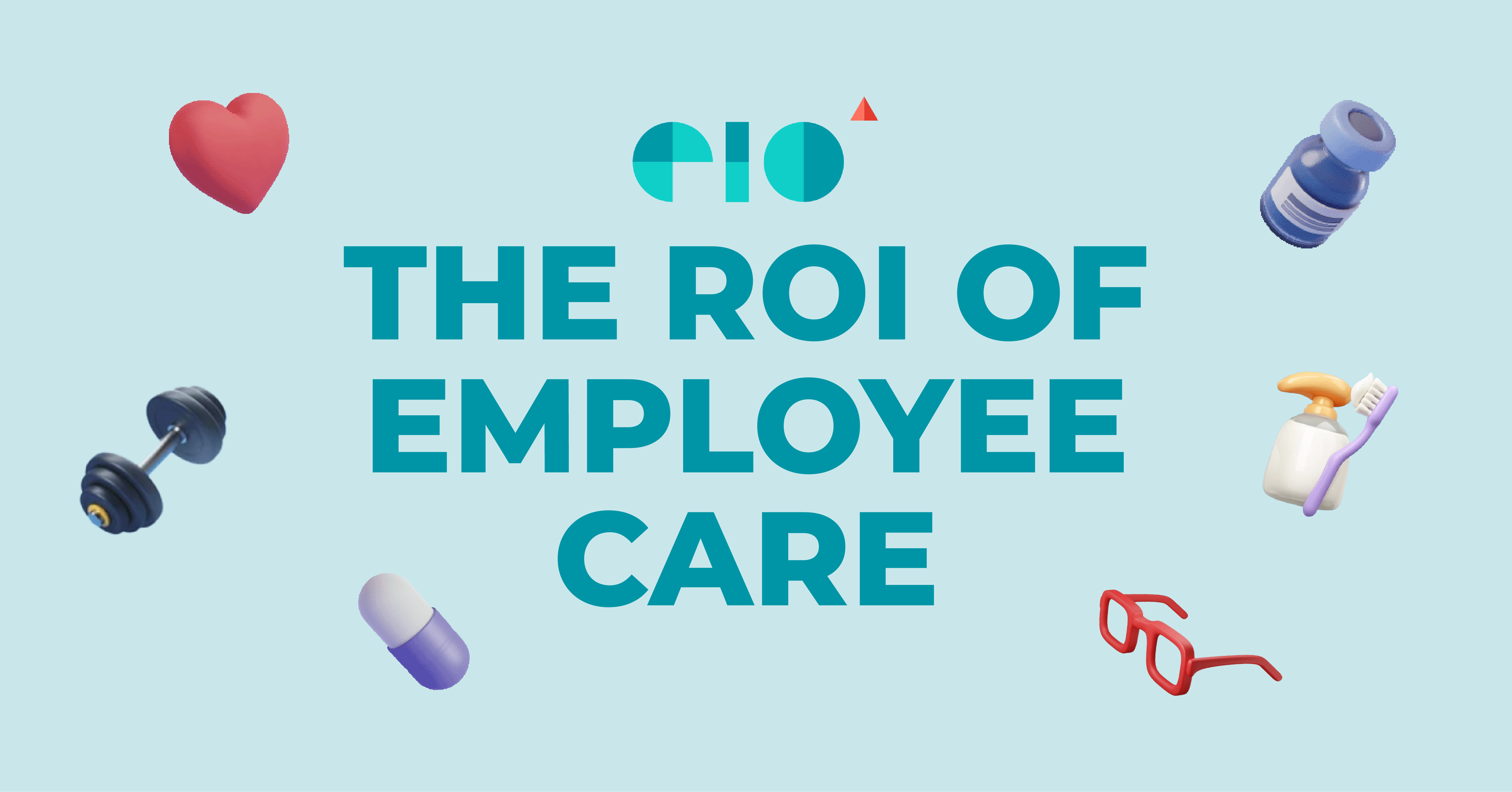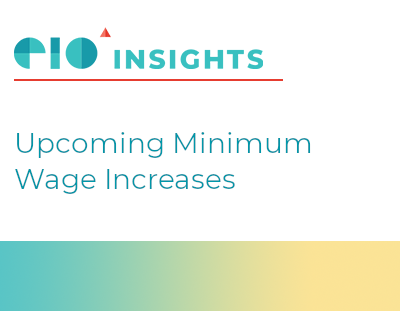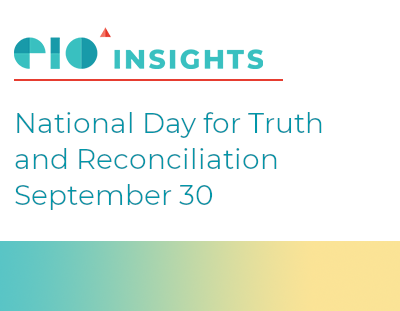Extension of Ontario Infectious Disease Emergency Leave
On April 29, 2021, the Ontario COVID-19 Worker Income Benefit came into effect and the Employment Standards Act, 2000 (ESA) was amended.
Paid infectious disease emergency leave will now continue until December 31, 2021. Eligible employers must make their application for reimbursement to the Workplace Safety and Insurance Board within 120 days of the date the employer paid the employee, or by April 30, 2022, whichever is earlier.
From March 1, 2020 to January 1, 2022
- A non-unionized employee whose employer has temporarily reduced or temporarily eliminated their hours of work for reasons related to COVID-19 is deemed to be on a job-protected unpaid infectious disease emergency leave.
- A non-unionized employee is not considered to be laid off if their employer temporarily reduces or temporarily eliminates their hours of work or wages for reasons related to COVID-19.
- A non-unionized employee is not considered to be constructively dismissed under the ESA if their employer temporarily reduces or temporarily eliminates their hours of work or wages for reasons related to COVID-19.
Beginning on January 2, 2022
- Employees will no longer be deemed to be on unpaid infectious disease emergency leave.
- The ESA’s regular rules around constructive dismissal will resume. This means a significant reduction or elimination of an employee’s hours of work or wages may be considered a constructive dismissal under the ESA, even if it was done for reasons related to COVID-19.
- The ESA’s regular rules around temporary layoff will also resume. For practical purposes, an employee’s temporary layoff clock resets on January 2, 2022.
Even though the COVID-19 period ends on January 1, 2022 and non-unionized employees will no longer be deemed to be on unpaid infectious disease emergency leave, when certain conditions are met, unionized and non-unionized employees may continue to be eligible for unpaid infectious disease emergency leave if they are not performing the duties of their position for certain reasons related to COVID-19.
For assistance with Infectious Disease Emergency Leave, contact an EIO Expert today.
Have your revenues dropped due to COVID-19?
Many small businesses are struggling to stay afloat and cover their fixed costs, such as rent and insurance, while taking a negative impact on their revenues. Government assistance has emerged to help businesses pay for their rent, but many have had their fate put into the hands of their landlords to apply for the assistance. The new Canadian Emergency Rent Subsidy (CERS) is being introduced to provide rent relief for businesses and allows these businesses to apply to the assistance directly as opposed to waiting for their landlords to do so.What is the CERS and how does it work for small businesses?
- Rent and mortgage support available until June 2021 for qualifying organizations impacted by COVID-19
- Funds go directly to the business, not the landlord
- Can cover up to 65% percent of eligible expenses until December 19 2020
- Businesses are able to make claims retroactively for the period that began September 27 and ends October 24, 2020
- A top-up CERS of 25% for businesses temporarily shut down by a mandatory public health order issued by a qualifying public health authority—in addition to the 65% subsidy,—grants up to 90% of coverage for the hardest hit businesses!
TAKE ACTION
Please reach out to your EIO Manager or click here to email us if you need Subscribe to our Newsletter




